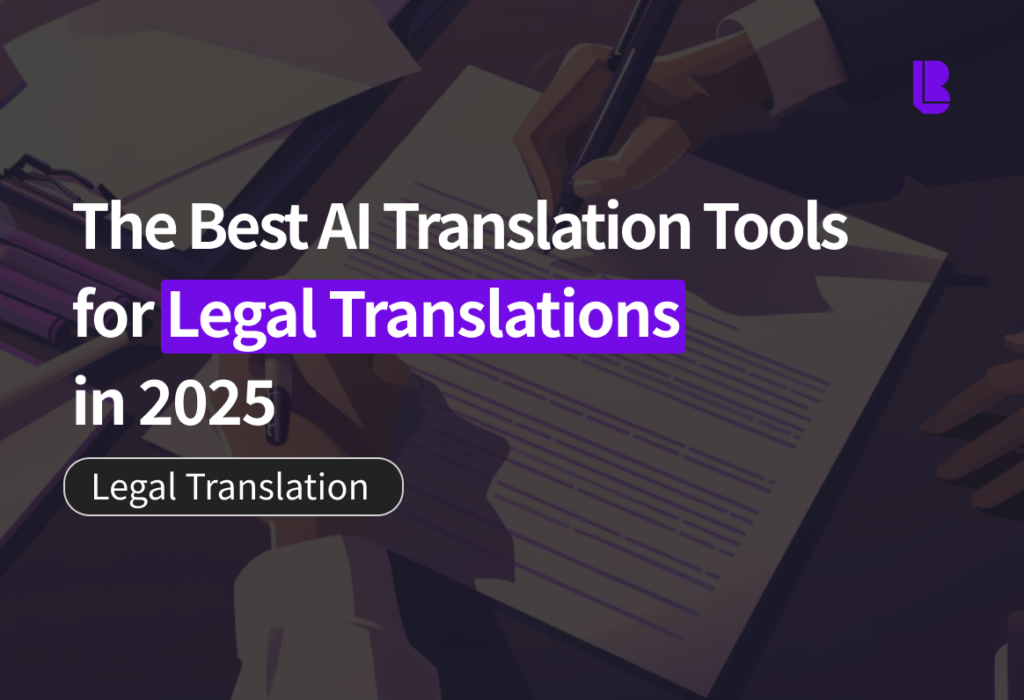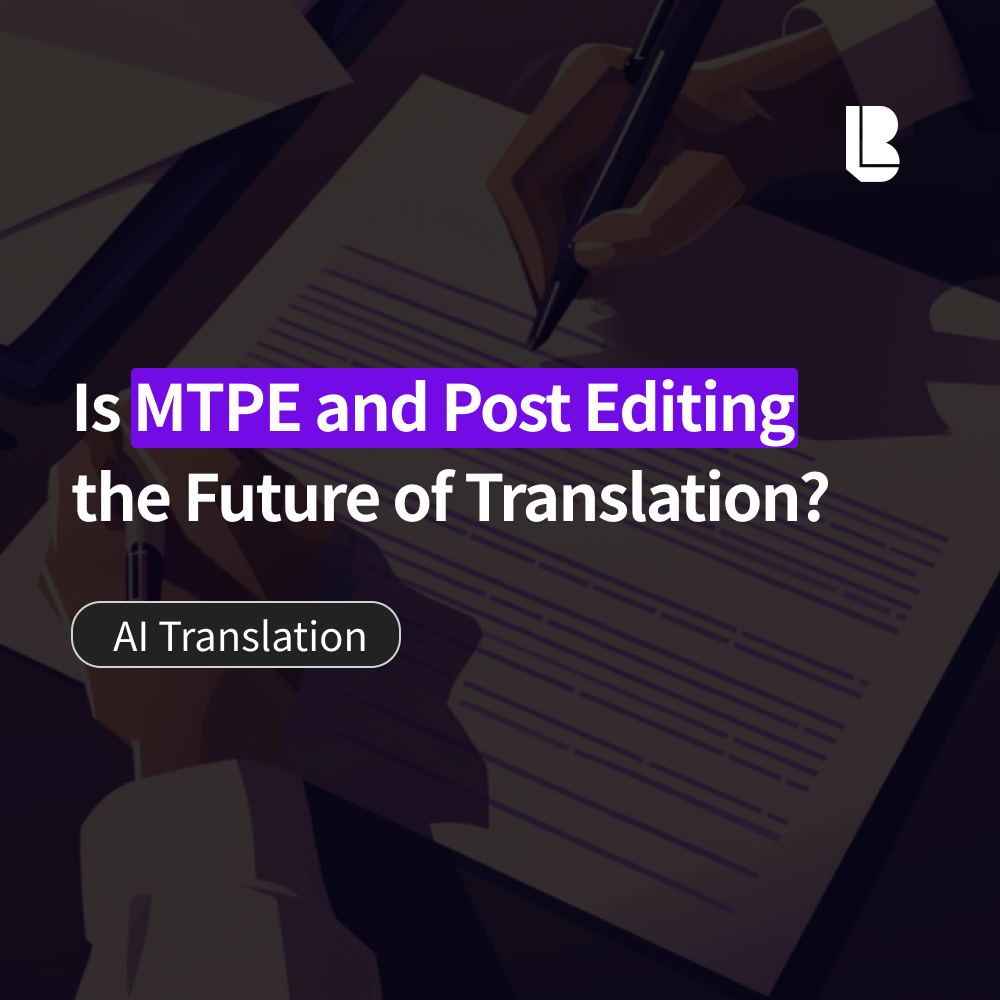Your Guide for Choosing an AI Translation Vendor for Legal, Patent, and Enterprise Translations

AI translation is revolutionizing global business communications by generating high-quality multilingual content quickly at a lower cost than human translation. But in legal, patent, and enterprise contexts, choosing the right vendor goes far beyond considerations of speed or pricing. The real concerns are: how well does this vendor understand your operational, security, and domain-specific needs, […]
The Best AI Translation Tools for Legal Translations in 2025

AI translation is all the rage right now for tackling huge volumes and bringing down costs. Many businesses struggling to get translation done effectively are evaluating it for use, and rightly so: the tools all offer high accuracy, lower costs, and lightning-fast speed. While today’s best tools do offer impressive speed and consistency, legal teams […]
Why You Can’t Afford to Ignore Your E-Discovery Strategy in International Litigation

As Korean companies continue to expand globally, one increasingly common yet underestimated risk they face is international litigation. Cross-border lawsuits are fundamentally different from domestic cases—due to varying legal systems, languages, and cultural expectations. Without the right understanding and preparation, these lawsuits can lead to significant and unexpected losses. A strategic approach to international litigation […]
Korea’s Gaming Exports Hit 12 Trillion KRW — So How Should You Handle Game Localization?

Hello, this is BeringLab. Today, we’re diving into a critical element driving the global success of Korea’s gaming industry — game localization.With Korea’s annual game exports surpassing 12 trillion KRW (approx. 9 billion USD), localization is no longer optional — it’s essential.From indie developers eyeing the global stage to major studios engaging international players, demand for […]
Essential IT and Business Terms You Should Know Before Your Next Dev Meeting

Hello, this is BeringLab. Have you ever felt nervous about an upcoming development meeting — whether it’s with your in-house team or an outsourced partner?There’s always that fear of not fully understanding the technical jargon used by developers, potentially damaging your company’s credibility or missing critical contractual details. That’s because IT terminology has become a […]
What Is an Exclusive Contract? From Its Meaning to Drafting Tips and Global Translation Strategies

Hello, this is BeringLab. Today, we’d like to talk about something that comes up frequently in business: the concept of an exclusive contract — what it means, how to draft one properly, and why accurate translation is essential. Exclusive contracts are widely used in industries such as entertainment, publishing, and real estate, where one party […]
Medical Records 101: What They Are, How to Obtain Them, and How to Get Them Translated Right

Hello, this is BeringLab. Today, we’re going to take a closer look at a topic that comes up more often than you might think — the meaning of “medical records” and how to translate them accurately. Whether you’re living abroad, planning to study overseas, caring for a family member, or preparing medical documents for insurance […]
How BeringAI+ is Transforming High-Stakes Translation—A Conversation with Jae Kim of Bering Lab

Legal translations often need to be done quickly, but above all they must be accurate and secure. For years, legal teams have relied on highly trained human translators to provide this level of reliability in translated contracts, patents, and regulatory filings. But sometimes that’s not fast enough, volumes are just too great, and humans are […]
Is MTPE and Post Editing the Future of Translation?

Hello from Bering Lab! If we were to pick the hottest keywords in the translation industry today, they would undoubtedly be “MTPE” and “Post Editing.” Have you heard of these terms? MTPE refers to the process where professional translators review and refine AI-generated translations. In simpler terms, it’s the step where experts polish the rough […]
How to Start Translation and Notarization of Court Judgments Most Efficiently
Today, let’s dive into a topic that’s becoming increasingly crucial in the business world: translating court judgments. With globalization, there are now many cases where judgments from domestic courts need to be translated into English. In international business disputes or legal matters involving foreign partners, judgment translations have become essential. However, translating court judgments can […]